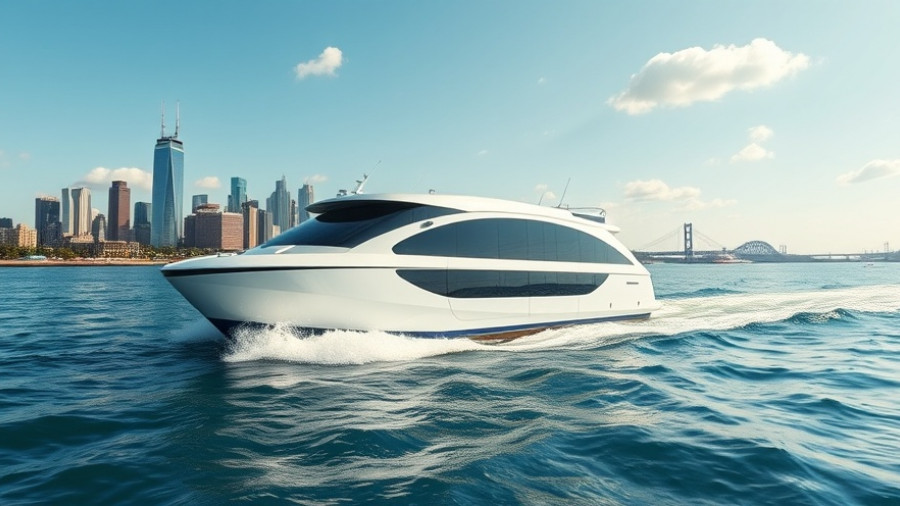
A New Era for Bollinger Shipyards
Bollinger Shipyards has made a significant move by hiring Heath B. Jones as its new Vice President of Government Relations and Strategic Partnerships. This role places Jones, the retired 14th Master Chief Petty Officer of the U.S. Coast Guard (MCPOC), at the forefront of shaping relationships with key government customers like the U.S. Coast Guard and Navy. As the maritime industry faces rapid changes, the need for effective partnerships has never been more critical.
Why Jones’s Experience Matters
With a career spanning over three decades, Jones brings a wealth of experience to his new position. Having served in various roles during his time at the Coast Guard, he culminated his service as the MCPOC from May 2022 to August 2025. In this capacity, he was deeply involved in advising the Commandant on numerous aspects affecting a workforce of over 57,000 members, including personnel policies and workforce readiness.
His insider knowledge of the needs and operations of the Coast Guard will be invaluable to Bollinger as they look to adapt their offerings and strengthen their capabilities in shipbuilding, particularly in sectors like security and technology.
A Strategic Appointment Supporting Major Investments
Jones's hiring comes at a pivotal moment for the U.S. maritime industry, especially following the recent passage of the One Big Beautiful Bill, which allocates a historic $25 billion investment in the Coast Guard. This funding is set to ensure the success of major programs, including the Polar Security Program and the Fast Response Cutter initiative. Bollinger is already in negotiations for additional contracts, proving that the shipbuilding industry is poised for growth as the government increases its investment.
Charting New Courses in Maritime Innovation
In his new role, Jones is expected to advocate for initiatives that focus on innovative technologies, from autonomous systems to advancements in alternative fuels. President and CEO of Bollinger, Ben Bordelon, emphasizes that the company is not only about sustaining existing partnerships but also about exploring new avenues that will prepare them for the future of maritime commerce.
Jones's long-standing connections and familiarity with Bollinger’s commitment to shipbuilding should create new opportunities that align with evolving customer needs and emerging technologies.
Local Roots, Global Ambitions
Originating from Covington, Louisiana, Jones expresses excitement about returning to his roots and contributing to a company that has played an integral role in servicing American naval fleets. His journey from sailing on Bollinger-built vessels to overseeing a significant part of their operations encapsulates the spirit of growth within the maritime sector.
As Jones states, “To now come full circle and be part of the company that built the platforms I once sailed on is deeply meaningful.” His personal connection to the vessels not only highlights the trust between Bollinger and the Coast Guard but also presents a profound narrative of continuity in the shipbuilding industry.
Looking Ahead: Opportunity on the Horizon
The maritime industry is at a crossroads, with the merging demands of government contracts and commercial interests creating a dynamic landscape. Organizations like Bollinger Shipyards and leaders like Heath B. Jones will play crucial roles in navigating these challenges.
As competitors emerge and technology within the industry evolves, establishing strong relationships and harnessing innovative solutions will define the success of maritime companies. The leadership of Jones is expected to steer Bollinger towards being a partner of choice in both government and commercial sectors, ultimately enhancing America’s shipbuilding infrastructure and capabilities.
 Add Row
Add Row  Add
Add 




Write A Comment